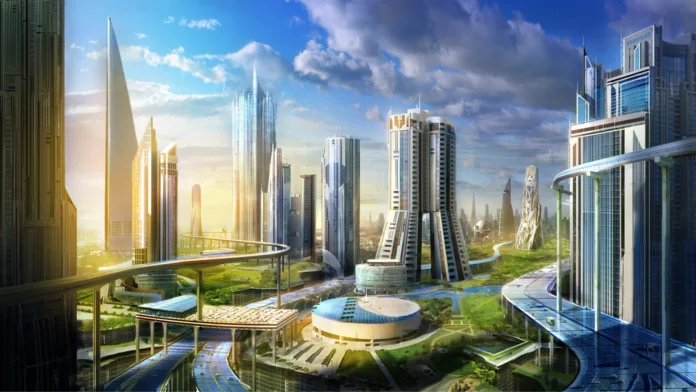The world is becoming increasingly urbanized, with more than half of the global population living in cities. As cities continue to grow, there is a need for them to become more efficient and sustainable to meet the needs of their inhabitants. Smart cities, powered by the Internet of Things (IoT), are emerging as a solution to this challenge.
What is a Smart City?
A smart city is a city that uses technology to improve the quality of life for its citizens, enhance sustainability, and streamline urban services. This is achieved through the integration of IoT devices, sensors, and other digital technologies that collect and analyze data to optimize urban infrastructure and services.
The Benefits of Smart Cities
Smart cities have numerous benefits for both citizens and governments. Here are some of the key advantages of smart cities:
1. Improved Efficiency: Smart cities use data to optimize urban services, such as transportation, waste management, and energy consumption. This leads to reduced costs and improved efficiency.
2. Enhanced Sustainability: By optimizing urban infrastructure and services, smart cities can reduce their carbon footprint and improve sustainability.
3. Better Quality of Life: Smart cities can improve the quality of life for citizens through improved transportation, healthcare, and public safety services.
4. Increased Economic Growth: Smart cities can attract new businesses and investment, leading to increased economic growth.
Examples of Smart Cities
There are many smart cities around the world that are leading the way in using IoT to improve urban living. Here are a few examples:
1. Singapore: Singapore is one of the world’s most advanced smart cities, using IoT to optimize transportation, energy consumption, and public services.
2. Barcelona: Barcelona has implemented a smart lighting system that saves energy and reduces light pollution, as well as a smart irrigation system that reduces water consumption in parks and gardens.
3. Amsterdam: Amsterdam has implemented a smart parking system that allows drivers to find available parking spaces quickly and easily, reducing congestion and emissions.
How IoT is Powering Smart Cities
The Internet of Things is the backbone of smart cities, providing the connectivity and data processing capabilities required to optimize urban infrastructure and services. Here are some of the key ways that IoT is being used to power smart cities:
1. Smart Transportation: IoT sensors and data analytics are used to optimize transportation systems, reducing congestion, improving safety, and reducing emissions.
2. Smart Energy: IoT devices are used to monitor and control energy consumption in buildings, reducing waste and improving efficiency.
3. Smart Waste Management: IoT sensors are used to monitor waste levels and optimize waste collection routes, reducing costs and improving efficiency.
4. Smart Public Safety: IoT sensors and data analytics are used to improve public safety services, such as emergency response times and crime prevention.
Conclusion
Smart cities are the future of urban living, and IoT is the key technology that is making it possible. By using IoT devices and data analytics to optimize urban infrastructure and services, smart cities can improve efficiency, enhance sustainability, and improve the quality of life for citizens. As more cities around the world embrace smart city technology, we can expect to see significant improvements in urban living standards.
Sources:
1. Smart City Press
2. IoT For All
3. Intel: Smart Cities IoT Infographic



